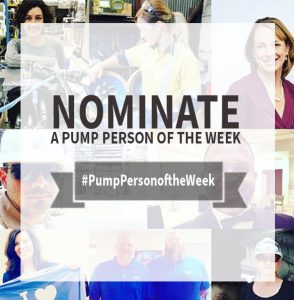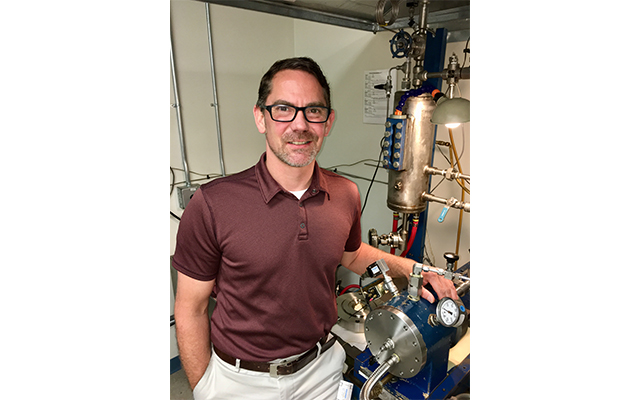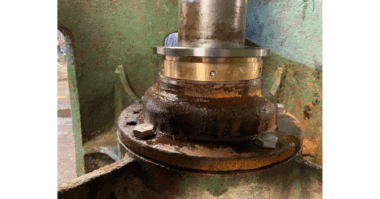Empowering Pumps recently began inviting people to Nominate an Industry Professional, and today’s Person of the Week is Mark Savage, Metal Bellows Product Group Manager at John Crane and Member of the Fluid Sealing Association. This is what he had to share!
Q. How did you get started working in the Pump Industry?
Mark: I was presented the opportunity to complete my final year of engineering with a scholarship to the Royal Institute of Technology in Stockholm. Part of the program enabled me to work with a submersible pump manufacturer undertaking research on enhancing seal chamber designs for abrasive services. Little did I know then, but that was my first real introduction to pumps and definitely my first encounter with a mechanical seal.
Upon returning home from Sweden, I was able to step in quickly to an engineering role with a global mechanical seal manufacturer, EG&G Sealol, later acquired by John Crane. Starting with application engineering and moving on to research and development, projects and engineering management, I have enjoyed these roles in a number of locations scattered across the globe. Almost 25 years on, I am still working with John Crane, enjoying the challenges and opportunities that present themselves every day and still learning and growing both personally and professionally.
Q. What is your favorite part of your job? What are you most proud of?
Mark: There are many aspects to my role that are rewarding. Solving problems is a key component. The rewards of seeing a solution implemented that you have worked closely with a customer to develop and solve their problem is always satisfying.
The best part of my job is sharing my knowledge and expertise to those within my organization and within the sealing industry. It is education of our industry that keeps innovation occurring, keeps equipment running reliably, and reduces the impact of the operation of these machines on safety, cost and the environment.
Sharing knowledge takes a number of forms – ranging from publishing technical articles on best practices, speaking at conferences and events, mentoring a colleague or developing internal procedures and standards. My most proud moment is educating government regulators on technologies available to reduce methane emissions, a potent climate changing compound found in natural gas, as they work to develop legislation to regulate the industry.
Q. What advice would you give to someone new to the industry?
Mark: Get involved and learn! Get involved with as many aspects of your industry as you can. Learn how the products are manufactured. Build the products in your workshop. Help install them in the field. Watch how they are commissioned and operated. Learn how those products work, what their limitations are, and what they do best.
Get involved with disassembly and failure analysis after an equipment failure. Join industry trade and standards organizations. Participate in their various committees. Develop a network of mentors and industry/product experts – your ‘go-to people’ that can help guide you on your journey. Never stop learning!
Q. What are the top 5 questions you get asked by your customers? How do you answer them?
- Why is my seal leaking?
- Why do two identical machine operate with greatly different reliability?
- What product do I need to be using?
- How do I commission my seal and support system?
- How can I tell I have a problem with my seal before it fails?
The answer to all these questions is understanding that a mechanical seal is only one small part of a larger pumping system, each with interdependent components. Understanding how all these components work together will be the key to solving any issues in that system.
In many cases the mechanical seal is the weakest link in the chain of these interdependent components, and problems with the performance of the mechanical seal may not actually have anything to do with the seal itself. For example, operating a pump too far above its design point can cause excessive shaft deflections as the hydraulic forces become unbalanced, NPSHR requirements go up, and the onset of cavitation starts to occur. In this situation, the mechanical seal needs to survive the shaft vibrations and decrease in vapor pressure margin in the seal chamber. This is a challenging application for any seal and one that will negatively impact its reliability.
Thank you, Mark, for being our Pump Person of the Week! We look forward to following your contributions to the industry!
 Know an Amazing Person who is making valuable contributions within the Pump Industry? Nominate them to be “Pump Person of the Week”!
Know an Amazing Person who is making valuable contributions within the Pump Industry? Nominate them to be “Pump Person of the Week”!




